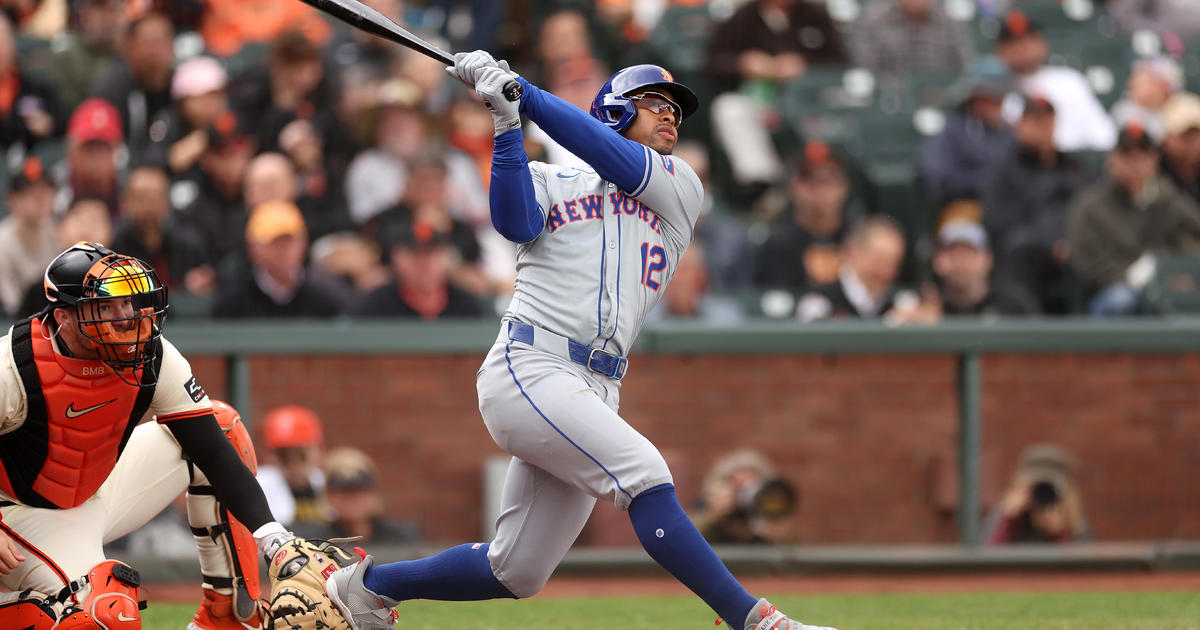By The Numbers: Cooperstown - Celebrating Baseball And Culture
By Father Gabe Costa
» More Columns
John Radano is a priest, an author, a professor and an avid baseball fan.
I would like to share with you a few of his reflections after his visit to Cooperstown a few weeks ago.
Fr. Radano: Cooperstown, New York a village of about 2000 people, has a variety of attractions. What follows are some personal observations of a visitor to Cooperstown.
For many people the mention of Cooperstown calls baseball to mind. Parents, wanting to communicate the love of baseball to their sons and daughters will take them to Cooperstown to visit the famous National Baseball Hall of Fame and Museum. One can explore the history of baseball, the way it has entered into American culture. The great achievements of players reflected in statistics regarding hitting, fielding, pitching and also the successes of teams, their managers and owners.
Some of the giants of the game, such as Babe Ruth, Henry Aaron and others come alive through special displays. The plaques in the Hall of Fame outline the achievements of those elected to it over many decades. The Giamatti Research Center provides resources for those who wish to make an appointment to study aspects of the game more intensely. The baseball atmosphere of the game is further enhanced in town by the town's Doubleday Field, used by many groups, and where major league teams have played once a year on the occasion of the induction of new members into the Hall of Fame. Many shops sell baseball paraphernalia, gloves, bats, cards, books, etc. Those who love baseball should not miss a visit to Cooperstown.
Cooperstown also reminds one of the American spirit in other ways and of some of America's greatest literature. Its founder, William Cooper, acquired land in New York State in the late eighteenth century, and established Cooperstown on the shores of Lake Otsego. This same area was the setting of novels referred to as the "Leatherstocking Tales", such as The Last of the Mohicans written in the nineteenth century by his son, James Fenimore Cooper, one of America's greatest writers. The Fenimore Art Museum, just outside of Cooperstown, includes a "Cooper's Gallery," giving concise and useful information about William Cooper, James Fenimore Cooper and other members of the family. It provides a large table map pointing to sites in Cooperstown and around Lake Otsego relating to family history and to scenes in the Leatherstocking Tales. This museum has outstanding collections of New York State and American Art, often showing special exhibits, it houses the Thaw Collection of American Indian Art. Some scenes from the Leatherstocking Tales are also depicted in some of the art displayed in the museum. At the cemetery of the Episcopal Church on Church Street in Cooperstown, one finds the graves of James Fenimore Cooper and other family members.
The New York Historical Association is housed next to the Fenimore Art Museum. Also, the Farmers Museum across Rt. 80 from the Fenimore Art Museum, helps history come alive as it reproduces a nineteenth century farming village. A number of its buildings are original, having been moved there from other parts of New York State. Replete with a variety of farm animals, Village personnel demonstrate some of the skills required in different professions to maintain quality of life in a nineteenth century village.
Music has become a significant aspect of enjoyment during the summer months in Cooperstown. For fourteen years the Cooperstown Summer Music Festival has provided concerts in July and August. The Glimmerglass Opera House, ten miles North of Cooperstown, provides opera and other musical productions during the summer.
In Cooperstown one can celebrate baseball, but much more as well.
Have you ever been to Cooperstown? Share your favorite memories below in the comments section.



